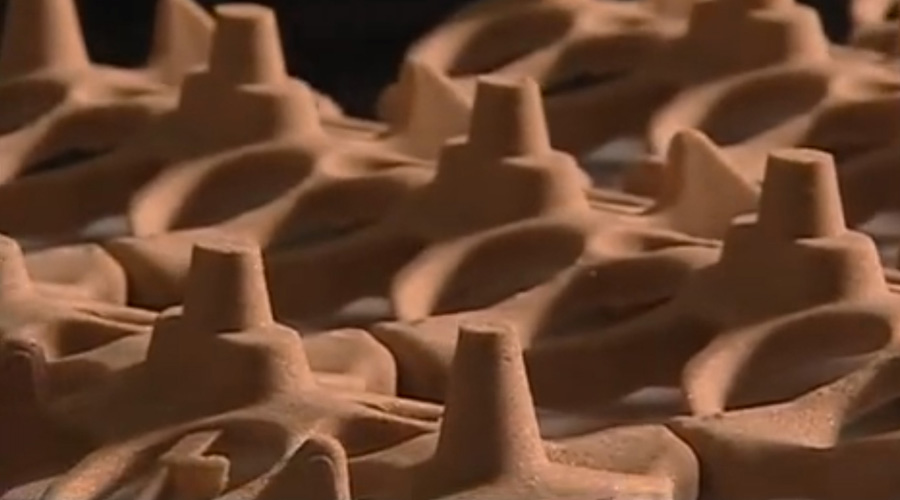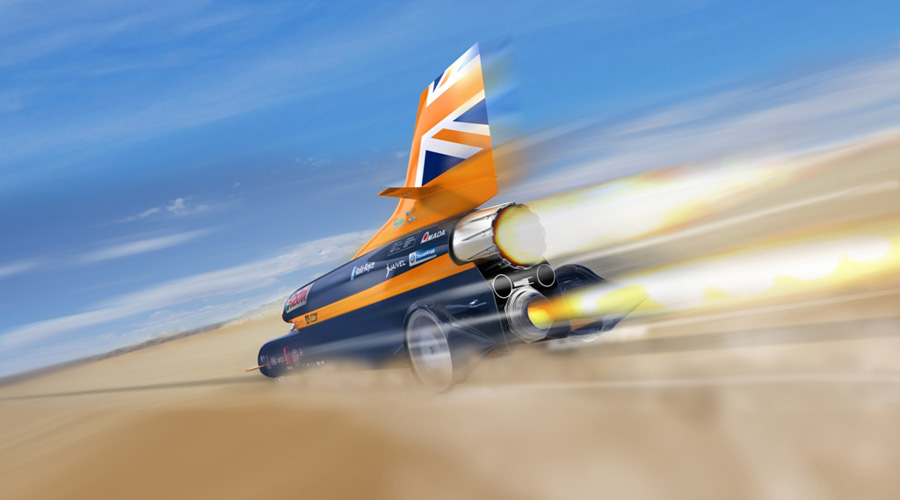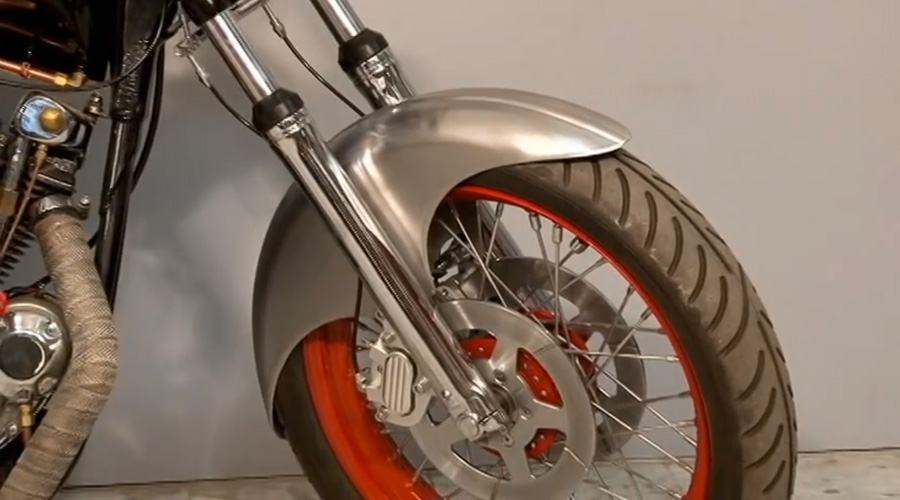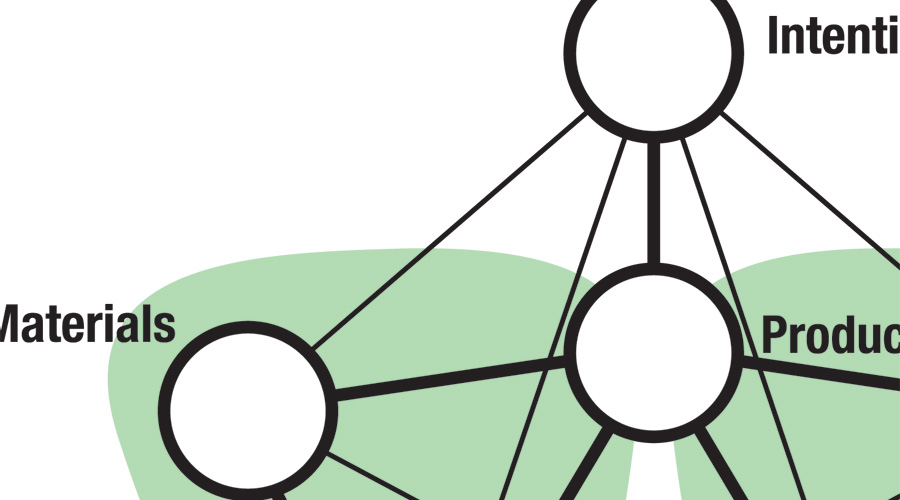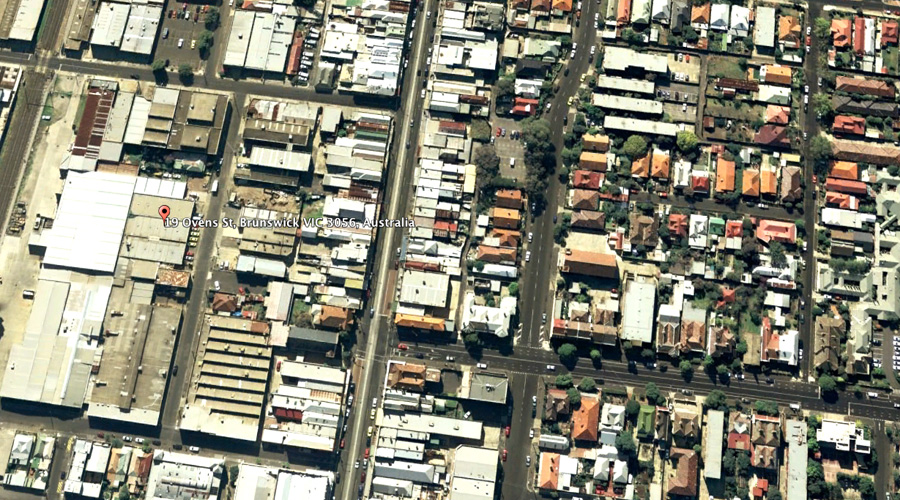AIDE: Week Eight
Steel Heat Treatment
"Elements of Tempering, Normalizing, and Annealing" 1945 14min
Manufacturing of Chevrolet Cars
1936 - "Master Hands"
Car Transmissions & Synchromesh
"Spinning Levers" 1936 Chevrolet Auto Mechanics
Chevrolet Cars in 1950
"The Inside Story"
Mercedes-AMG Engine Factory
V8 engine
Super Strength Steels
A new breed of super steels is emerging from within the automotive industry.
Advanced High-strength Steels (AHSS) are increasing in popularity along with Ultra-High-Strength Steel, (UHSS) which are alloyed for particular properties with relatively tiny proportions of elements such as boron.
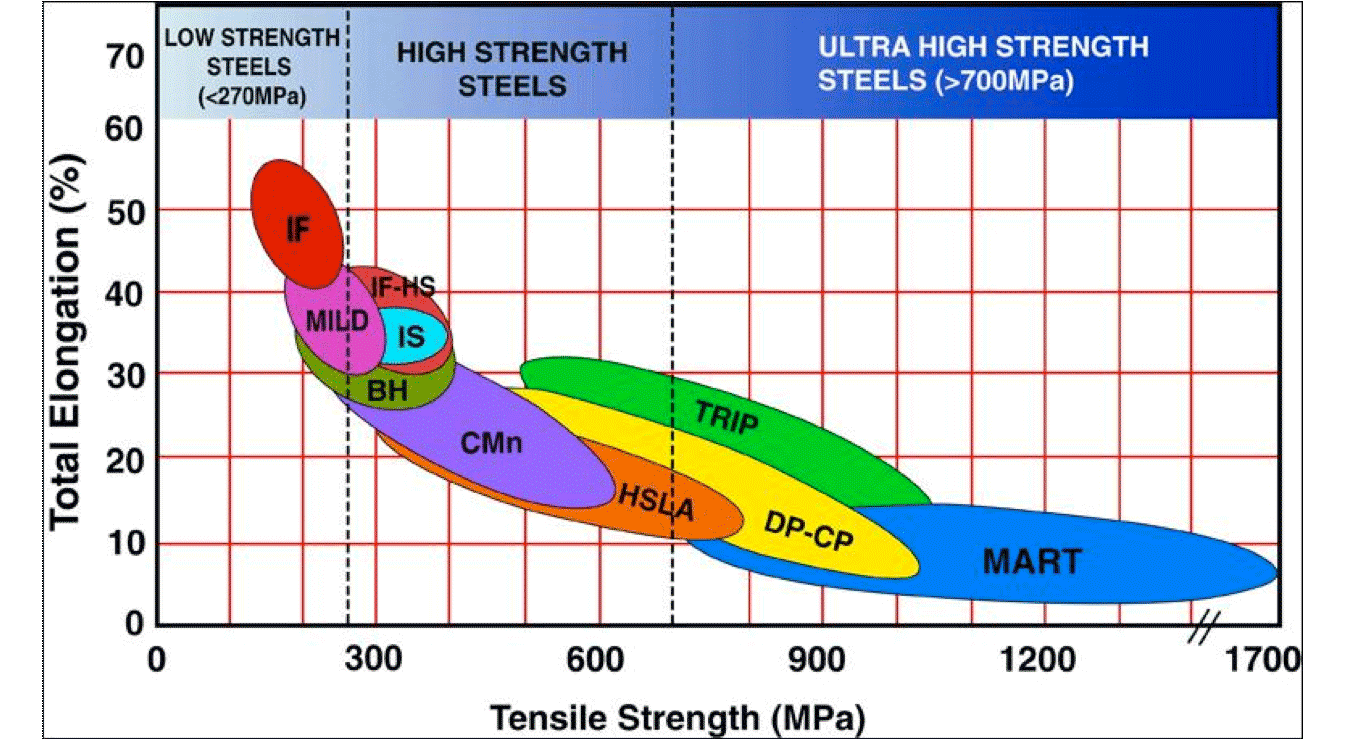
‘Recyclers’ Illegally Exporting Electronic Waste
By Joan Delaney, Epoch Times Victoria Staff
A recent CBC documentary showed ocean-going containers of e-waste leaving Vancouver bound for Hong Kong. According to BAN's research, since 2001 unscrupulous Canadian recyclers have been exporting hazardous electronic scrap to developing countries even though the practice is illegal in Canada.
How does your product fare in the underworld? Read more. >>
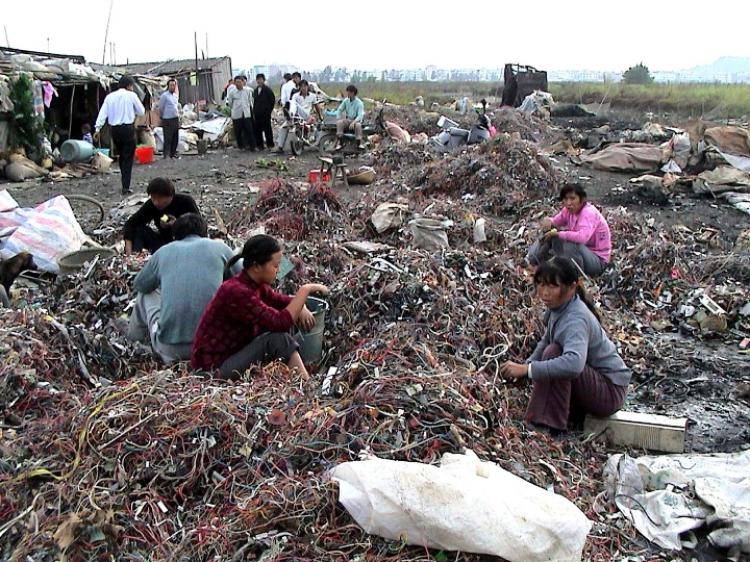
The Rise of the Creative Class
A relatively new class of workers who are young and passionate about their work, lifestyle and future. Money is not the motivation for endeavour - curiosity, challenge and respect are the key drivers.
This class of professional may have an impact upon your LCA mapping.
Download Presentation pdf
Assignment 2: Sustainability Analysis
Analyse the autopsy product discussing sustainability principles relating to your product.
Present the key components in a clear illustrative discussion, including:
The Materials life-cycle map
Map the source and eventual destinations of each autopsy material as pathways and intersections.
Discuss briefly the origins of the autopsy product within the context of the mapping result.
Postulate on the next generation within the context of the mapping result.
Manufacturing nodes
Discuss your group versions highlighting the comparative materials and manufacturing idiosyncracies.
Describe the assembly processes as annotated nodes on the map.
Include discussion about re-assembly and re-use by visualising the end-of life pathways on your map.
Table your findings.
Discuss the value of the product
Think of yourself as a consumer versus you as a designer.
Think about where the product was manufactured, the culture and environment the product was designed for and the implied product life cycle pathways of the end user.
Poll ten people on their perspectives on the product. Map their pathways of usage upon your map.
Table your findings
-
Discuss the end-of-life issues relating to the key autopsy components.
Present your findings at class in Week 9. Submission
Compile your reflections and data as a Case Study including iterative modifications of assignment One plus the Assignment Two components.
Present your Case Study mapping submission in Week 10.
